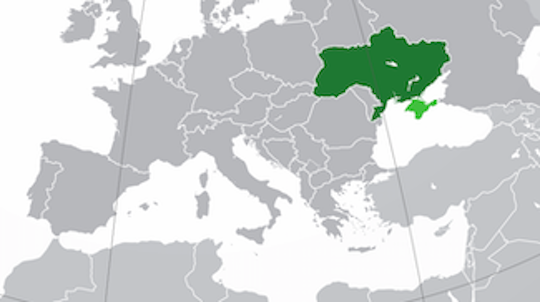The Crimean peninsula in Ukraine has a thousand-year-old olive tradition. Large and centuries-old olive trees can still be found in many parts of this region.
At the beginning of the 19th century olive growing experienced its golden age. After that time farming was geared towards cereals, the main crop in Ukraine. It was reduced in such a way that it ended up disappearing as exploitation, being reduced to ornamental trees or loose centennial olive tree seedlings, with the largest plantation having only 1.5 hectares in the Simeiz area.
However, olive growing in the Crimea has resurfaced, with several hectares of olive groves being planted and a unique mill being installed, which grinds all the country’s production. With this initiative, it joins the rest of the producing countries, of which 62 currently exist.
In a few years, it has gone from 47 producing countries to 62, an increase produced by the profitability of the new plantations, the organoleptic characteristics of the fruit and olive oil, and other social and economic benefits provided by the olive tree to man.
The plantations in Ukraine only have one trunk, the trees are rainfed and there are 250-300 plants per hectare. Not only is olive oil appreciated, but so are table olives that are marinated and domestically produced in the country.
Even though the traditional here may be ancestral, the consumption is not particularly high.
Ukraine
Ukraine, the second largest country in Europe after Russia, occupies 5.7% of the total area of the continent with an area of 603,628 km2. It has considerable agricultural potential due to the richness of its natural resources (soil, climate and water), and a strategic geographical position that has access to the Black Sea and key markets such as the European Union, the Commonwealth of Independent States and the East.
Ukraine is a sovereign state located in Eastern Europe. Its form of government is a republic that is governed by a blended system, with a separation of power between the executive, legislative and judicial branches. Its territory is organized according to a unitary state composed of twenty-four oblasts (regions or provinces) and two municipalities with a special status: Kiev, the capital, and Sevastopol.


